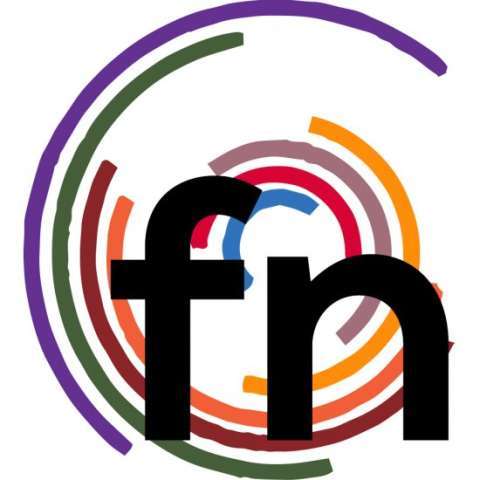15 Smart Ways to Invest in Your Art Career (Plus 3 More That are Free!)
By Alicia Puig for Empty Easel
You’ve probably heard the saying “you have to spend money to make money,” right? But, when you’re just starting out, having slower than normal art sales, or trying to find work, it’s hard to allocate funds to professional development.
The good news is, investing in your art career doesn’t always require you to spend money. Setting aside some time to work specifically on business and administrative tasks can be incredibly helpful and yield great results.

Free art career investments to get you started
1. Review, revise, and update!Have you looked at your resume, artist statement, and website lately?
Make sure to have your newest work photographed and add it to your site. List any recent accomplishments and check your statement to ensure it still accurately describes the art that you are currently working on.
2. Get organizedHaving everything perfectly arranged in your studio or workspace isn’t a necessity, but a few adjustments can make a big difference.
If you attended an event and have business cards lying around, save them in one place with your other contacts, preferably within an email marketing program. Set up an inventory of your work so that you can easily track the location and availability of each piece.
3. Share your workBy now, most artists are active on social media. Try your best to post regularly and share high quality images of your art. Using the email list mentioned above, go ahead and send a newsletter with recent or available pieces.
To reach out to galleries or curators directly, draft a concise, professional email introducing yourself and your art. Do your research and only submit to opportunities where your work would be a good fit. This will save you both time and an excess of rejection letters.
Invest in your art for less than $50
4. Buy an art bookWhether it is business advice geared towards artists, the empowering story of a creative person you admire, or a glossy publication with images by an artist whose work inspires you, picking up a new book to read will both help you learn and be a break from studio time.
5. Take a course or workshop
Check local museums and art centers for creative classes that interest you. You can also find online courses to take from home on sites like CreativeLive, Skillshare, and more.
6. Order business cards or postcards
It’s nice to have these ready to go when you’re preparing for an upcoming exhibition and attending events such as gallery openings or art fairs. Nowadays most companies even offer easy to use, customizable templates that make designing professional quality cards a breeze.
7. Submit to a juried exhibition or recognized art publication
Not only does this add to your resume if you are accepted, but it can also help you grow your network and get your work noticed by new curators and collectors.
8. Try Facebook or Instagram ads
Spending as little as $10 or $15 to boost a post can make a big impact on how many people end up seeing your work! More followers doesn’t automatically equal more sales, but social media is a great way to introduce new people to what you do as an artist.
Ready to spend up to $100?
9. Buy frames for your artworkSometimes just being able to visualize how your piece will look on their wall helps close the sale with a potential buyer.
10. Consider purchasing art supplies & shipping materials in bulkDepending on where you shop for your creative and packing materials, you may find that they offer discounts on buying, for example, five canvases rather than one or two at a time.
11. Hire a studio assistant to help with a project or exhibitionThere are certain occasions when your time really is more valuable than your money. So, hire an art student to help with time consuming tasks that don’t require you doing them personally.
Art career investments for $500 (or less)
12. Book a session with a business mentor or artist coachA business coach can help improve your sales, marketing, and money management strategies. Mentors specializing in working with artists can help outline steps to jump ahead in your career.
13. Have your work professionally photographedIt’s okay to shoot your work with your phone or digital camera, but you’ll see a big difference in the image quality of a professional photographer.
14. Upgrade your studioConsider investing in new or better tools and equipment, such as additional design software or other technology, a drafting table, storage racks, flat files, etc, to improve your work space.
Boost your art career for around $1000
15. Take a course at a local universityCourse offerings at a local community college or university can offer deeper learning than books and short term workshops. Auditing the class rather than taking it for credit often costs less.
16. Go on an artist residencyAlways wanted to travel? Combine your passions and seek out a residency in a place you’d want to visit. Affordable housing and some will help with meals is often included
Take the next step (over $1000)
17. Pay for a booth at an artist-focused art fairSelling online can be hard as many collectors still prefer purchasing work they’ve seen in person. So, this is an opportunity to get your art in front of thousands of art lovers and buyers.
18. Get a certificationThis is a great way to supplement your income from art sales by broadening the scope of your freelance skills. Perhaps you can teach, do design work, or photography on the side.
May some (or all!) of these suggestions for investing in your creative practice gift you with abundance in the new year.


